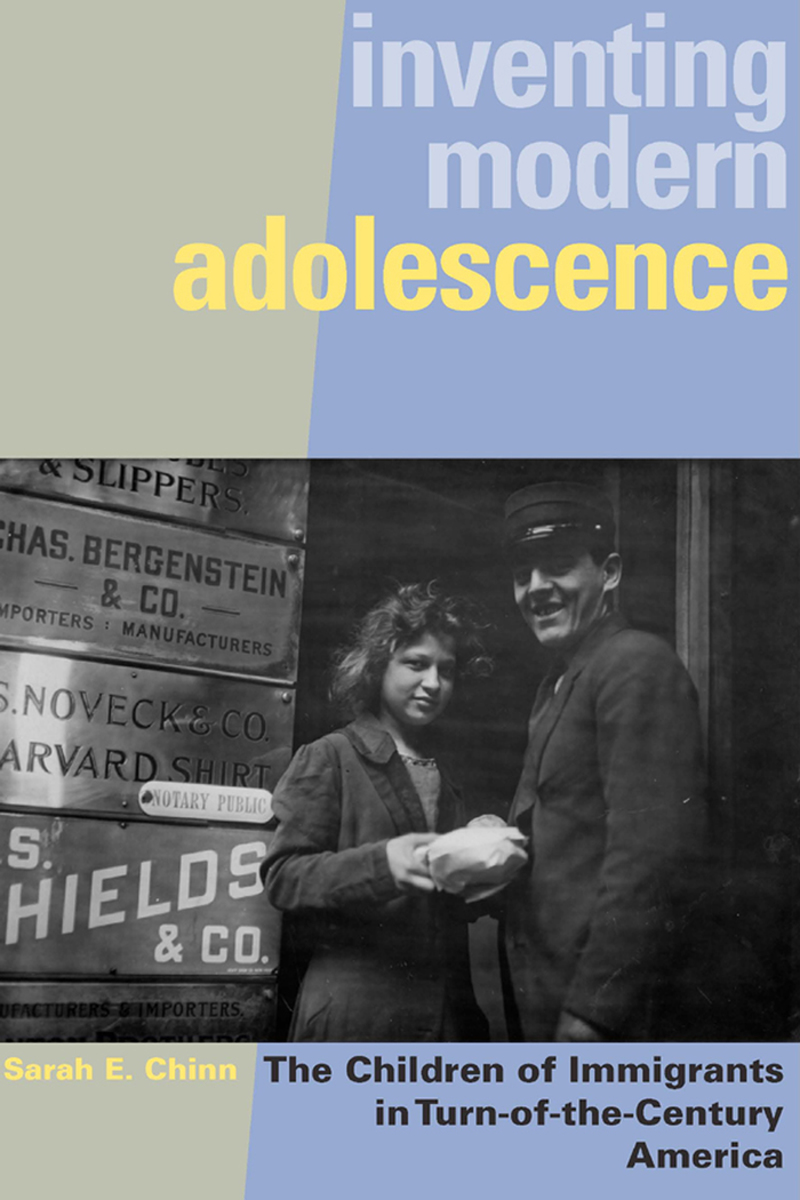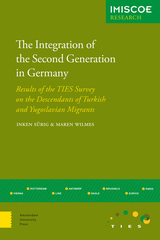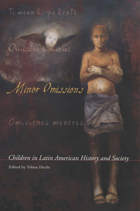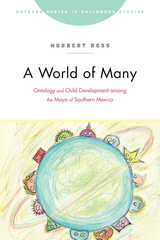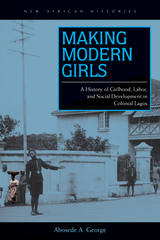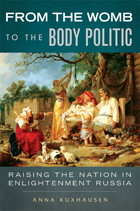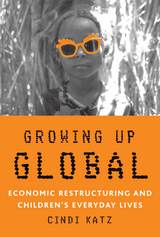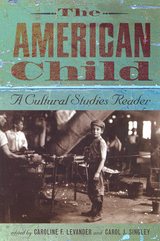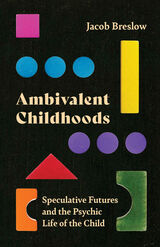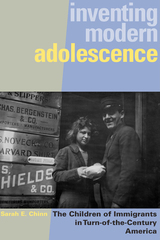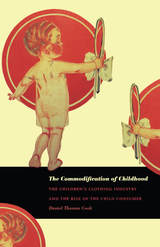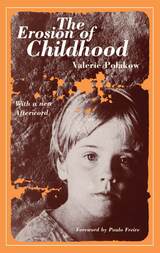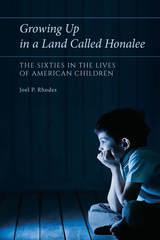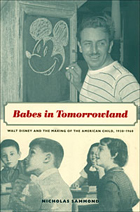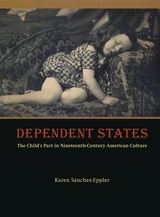Inventing Modern Adolescence: The Children of Immigrants in Turn-of-the-Century America
Rutgers University Press, 2008
Paper: 978-0-8135-4310-9 | eISBN: 978-0-8135-8026-5 | Cloth: 978-0-8135-4309-3
Library of Congress Classification HQ792.U5C45 2009
Dewey Decimal Classification 305.230869120973
Paper: 978-0-8135-4310-9 | eISBN: 978-0-8135-8026-5 | Cloth: 978-0-8135-4309-3
Library of Congress Classification HQ792.U5C45 2009
Dewey Decimal Classification 305.230869120973
ABOUT THIS BOOK | AUTHOR BIOGRAPHY | REVIEWS | TOC
ABOUT THIS BOOK
The 1960s are commonly considered to be the beginning of a distinct "teenage culture" in America. But did this highly visible era of free love and rock 'n' roll really mark the start of adolescent defiance? In Inventing Modern Adolescence Sarah E. Chinn follows the roots of American teenage identity further back, to the end of the nineteenth and beginning of the twentieth centuries. She argues that the concept of the "generation gap"—a stereotypical complaint against American teens—actually originated with the division between immigrant parents and their American-born or -raised children. Melding a uniquely urban immigrant sensibility with commercialized consumer culture and a youth-oriented ethos characterized by fun, leisure, and overt sexual behavior, these young people formed a new identity that provided the framework for today's concepts of teenage lifestyle.Addressing the intersecting issues of urban life, race, gender, sexuality, and class consciousness, Inventing Modern Adolescence is an authoritative and engaging look at a pivotal point in American history and the intriguing, complicated, and still very pertinent teenage identity that emerged from it.
See other books on: Adolescence | Century America | Children of immigrants | Conflict of generations | Turn -
See other titles from Rutgers University Press
